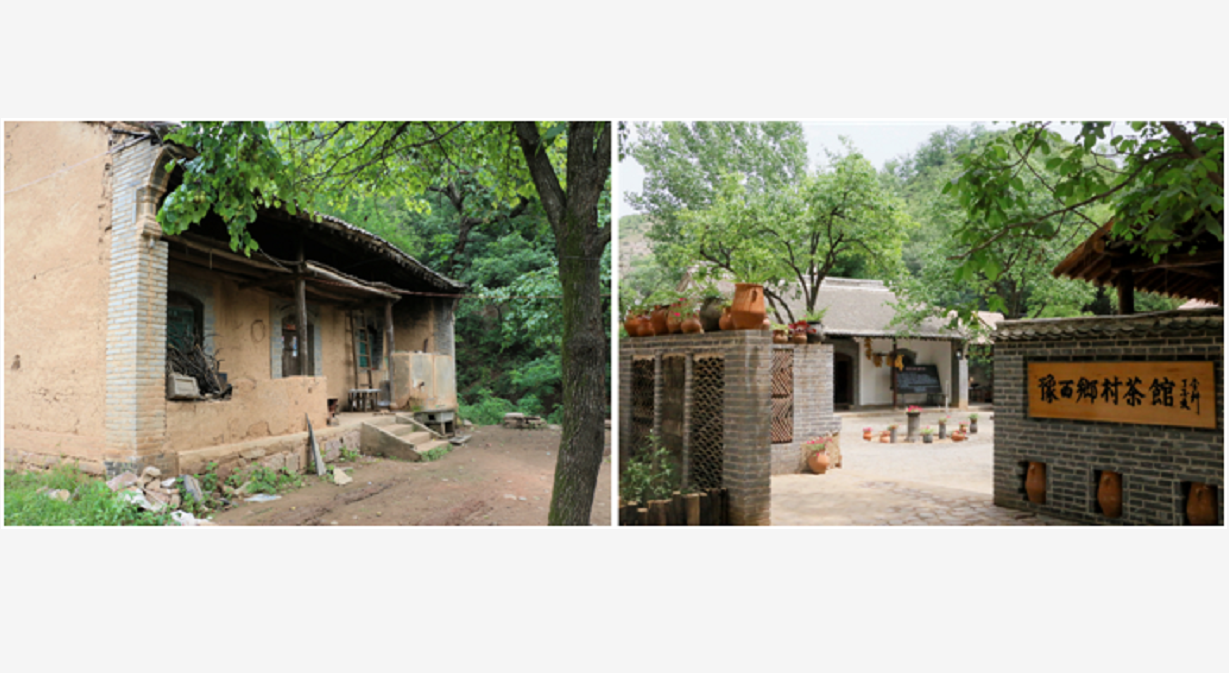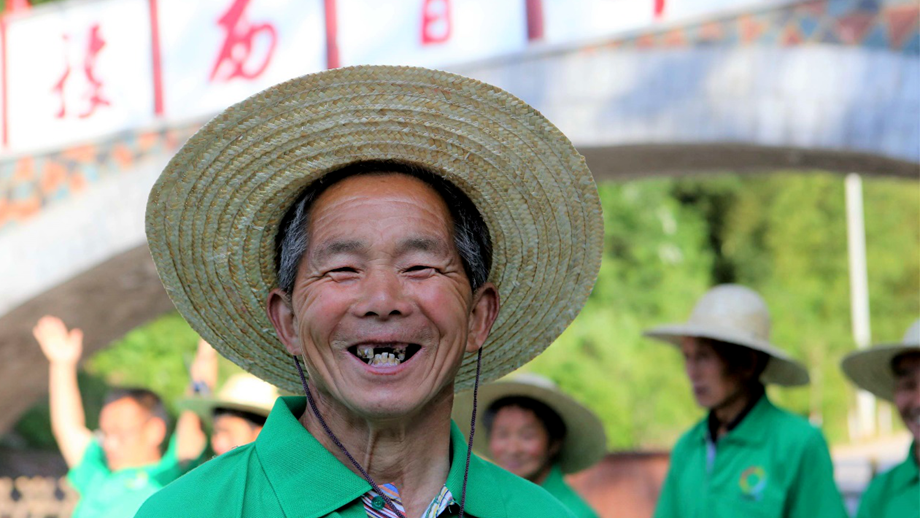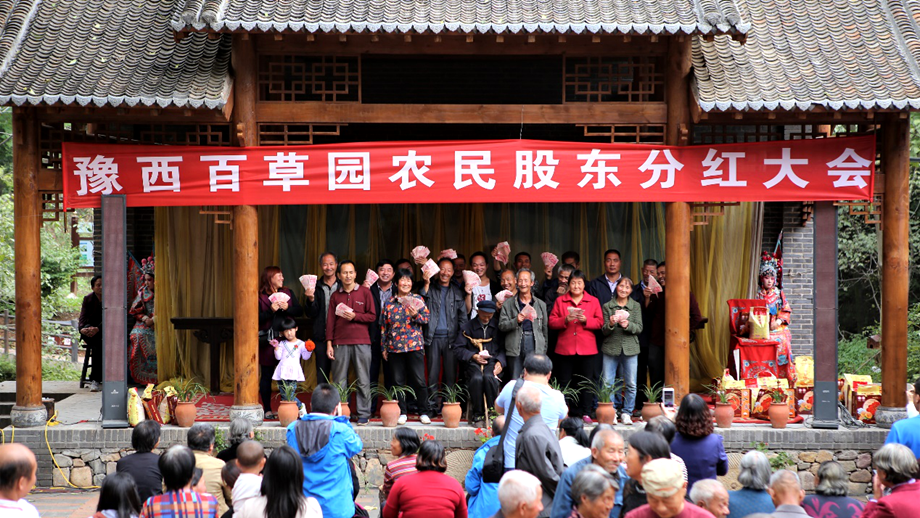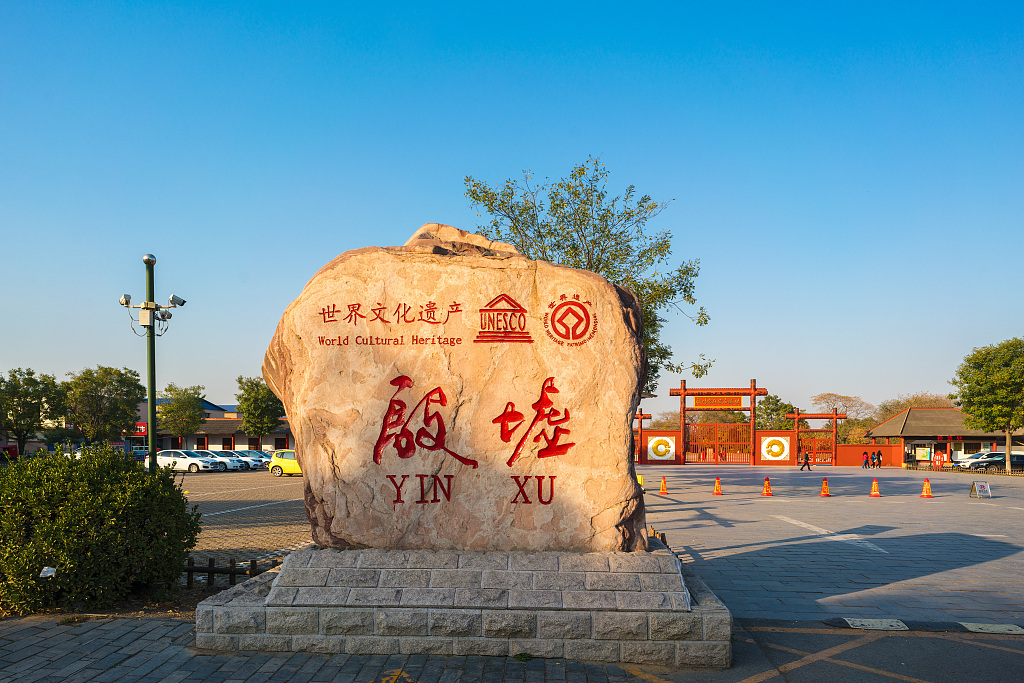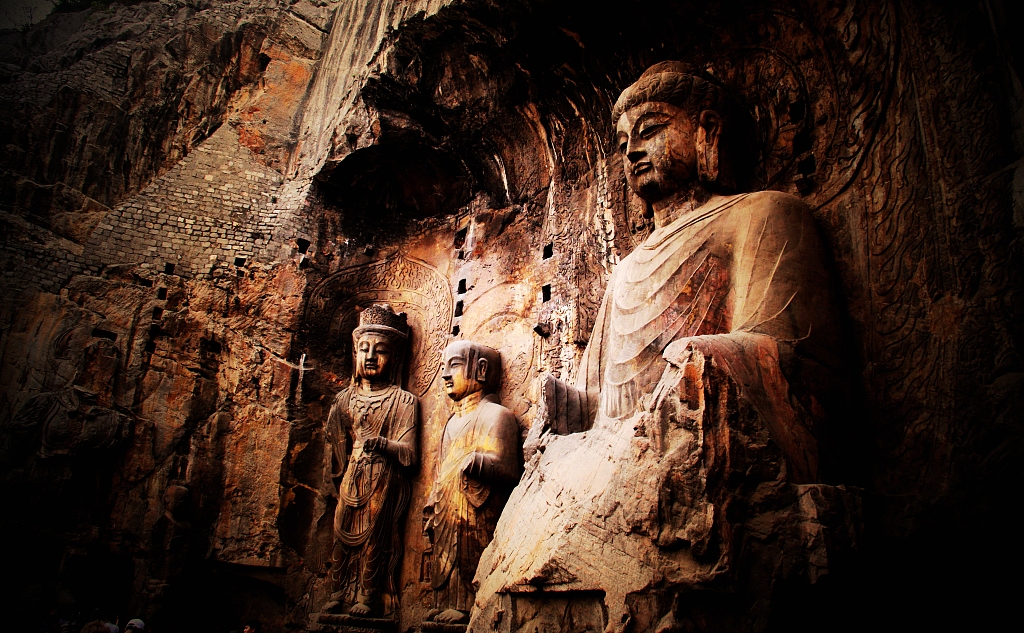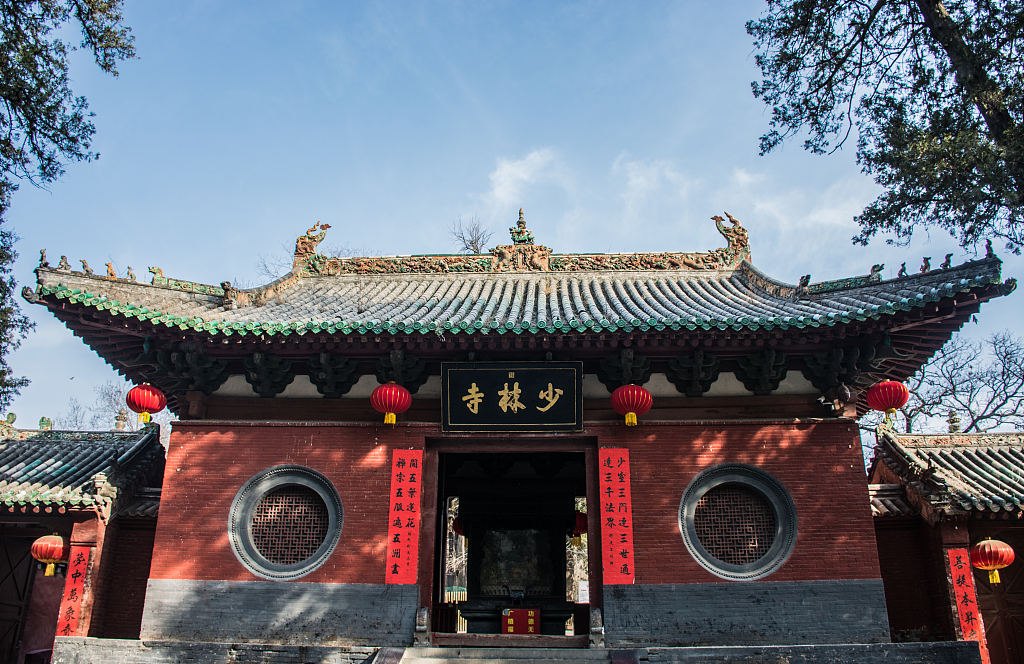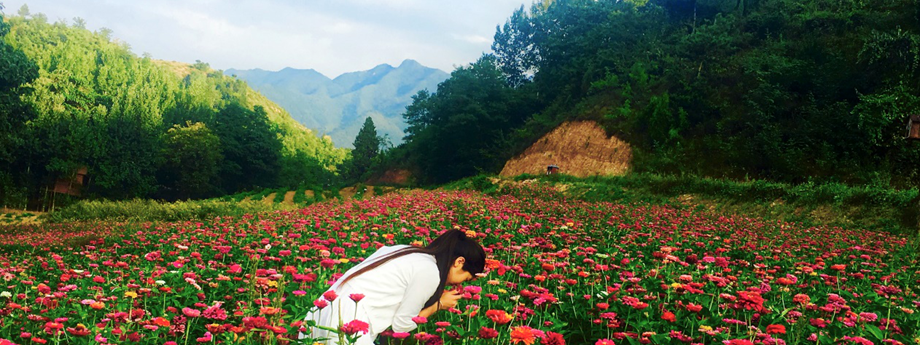
Yuxi Baicaoyuan, Xinping Village, Lushi County, Sanmenxia City, Henan Province, China
Yuxi Baicaoyuan or Hundred Plant Park, is located in Xinping Village, Guandaokou Town, Lushi County, Sanmenxia City, Henan Province. The village used to have 10 groups of villagers, including 75 impoverished families, who lived in gullies and ditches scattering in an area of 12 square kilometers. In November 2014, Sanmenxia Baicaoyuan Agricultural Science and Technology Co., Ltd. invested in building Baicaoyuan. By taking advantage of Lushi’s “natural repository of medicines” resources and adopting a “company +farmer household+planting base” approach, the company integrated the use of farmland, trained villagers as skilled workers, developed a plant industry with special features and realized online sales. More than 1,000 mu farmland belonging to the village’s Hegou and Beiping groups, were turned into scenic sports featuring herbal medicine, lavender, crape myrtle, 24-solar-term views and lupinus scenic spots. Meanwhile, 28 villagers’ homes in Hegou Village were renovated in the original style, and turned into health-tea house, antique shop, wine shop, mill, tofu shop, etc., and a folk culture spot was set up showcasing “period stories”. Thus Xinping village was transformed into a national traditional Chinese medicine ecological park with a beautiful environment and modern facilities, combining eco-farming, sightseeing and leisure, health care with Chinese medicine, folk culture experiencing and holiday tourism. At the end of 2018, all the Xinping villagers were officially out of poverty.
